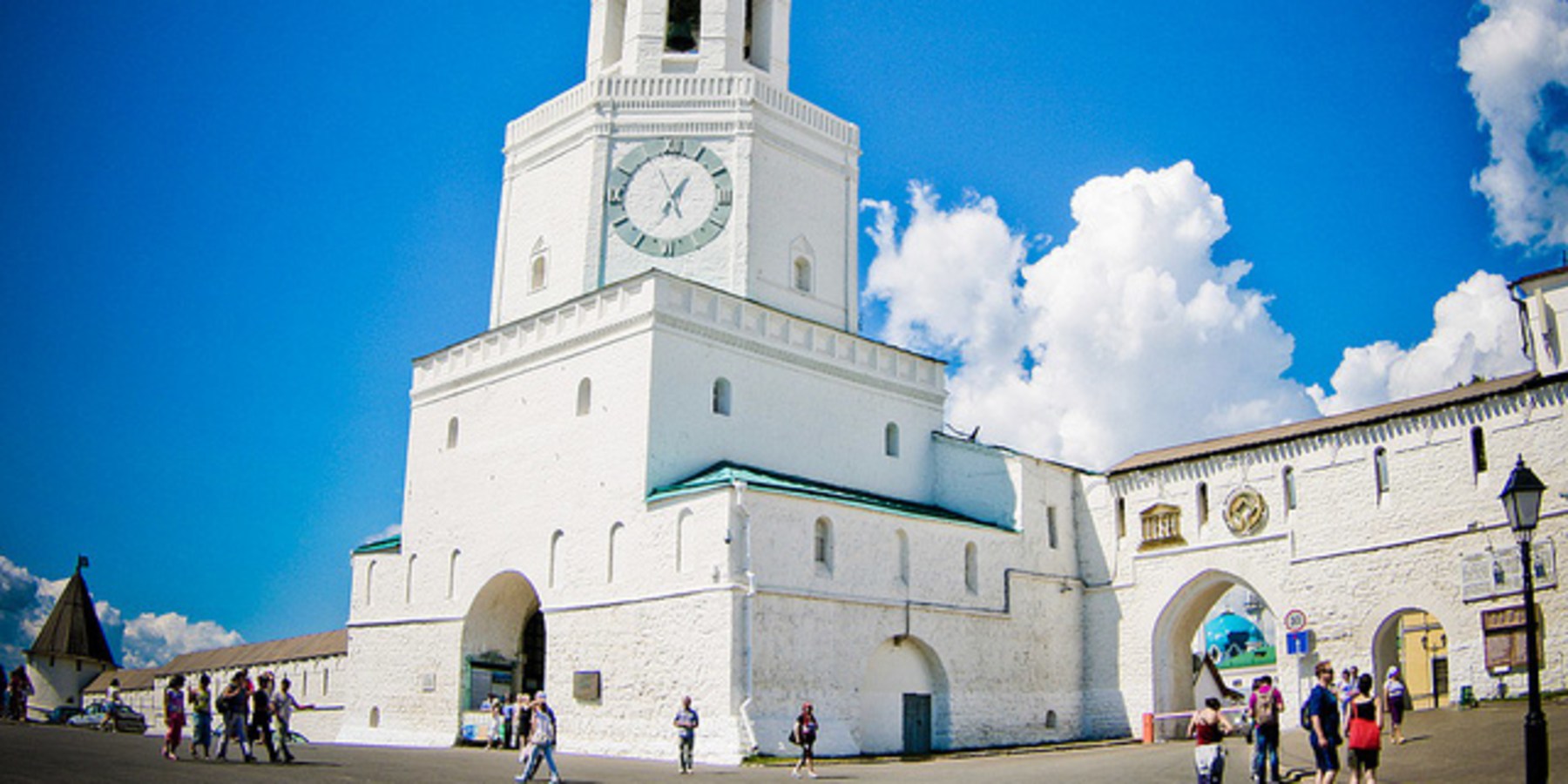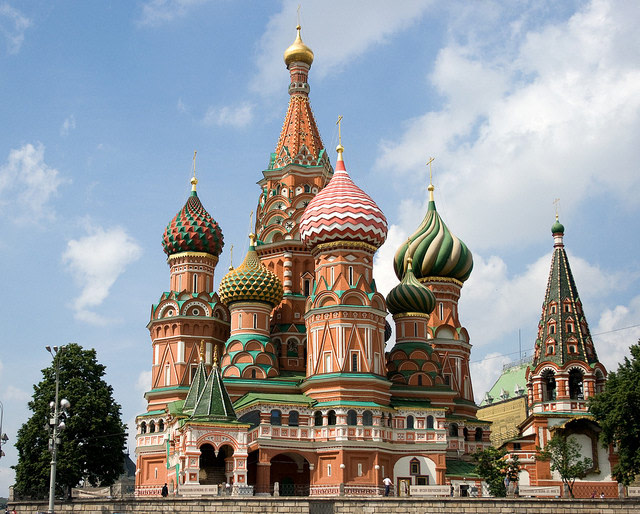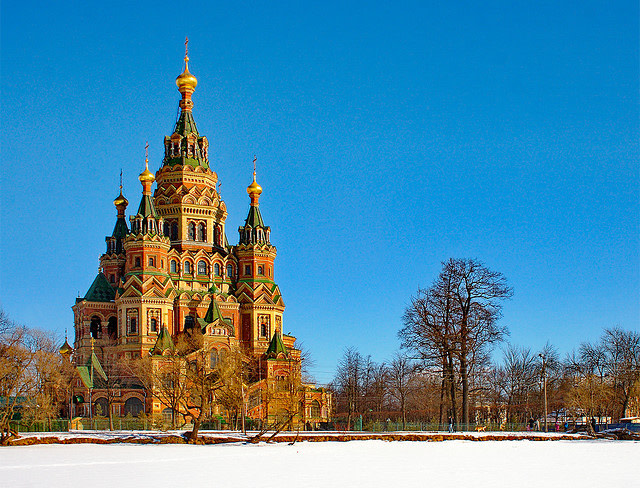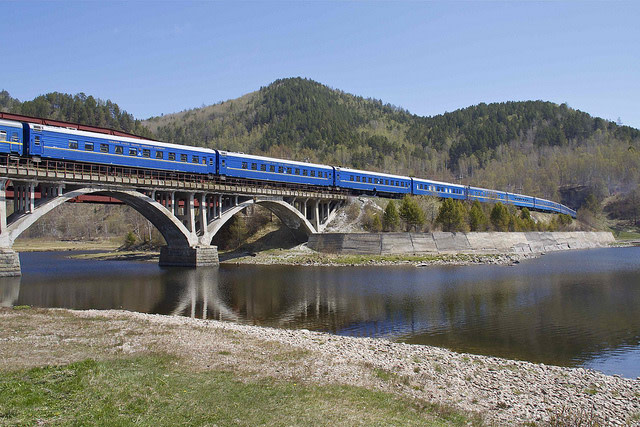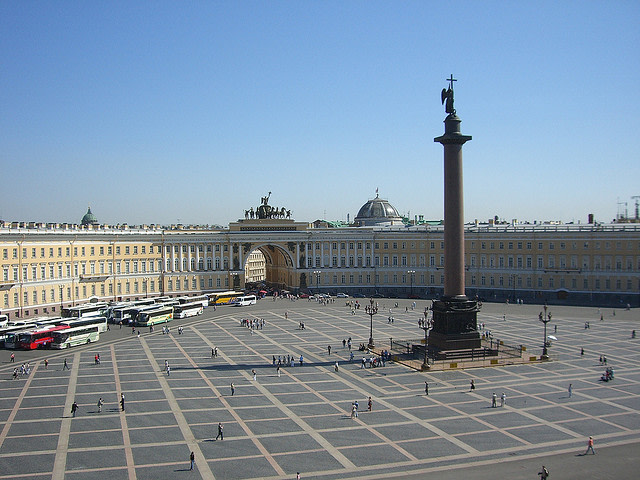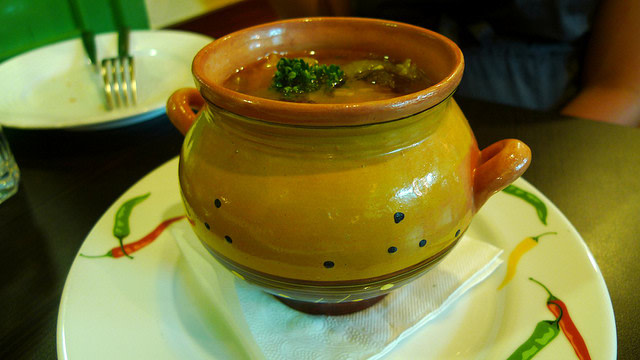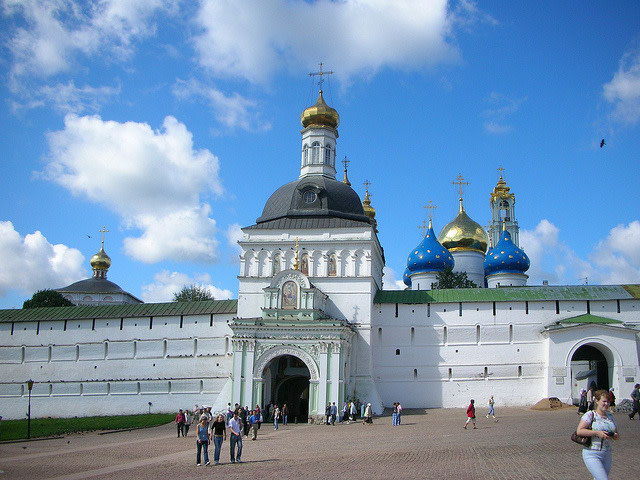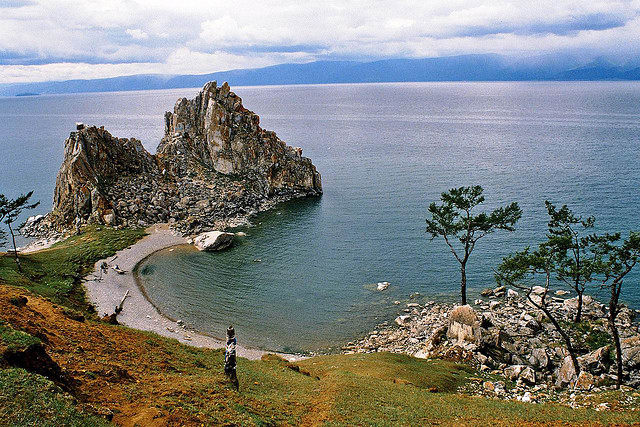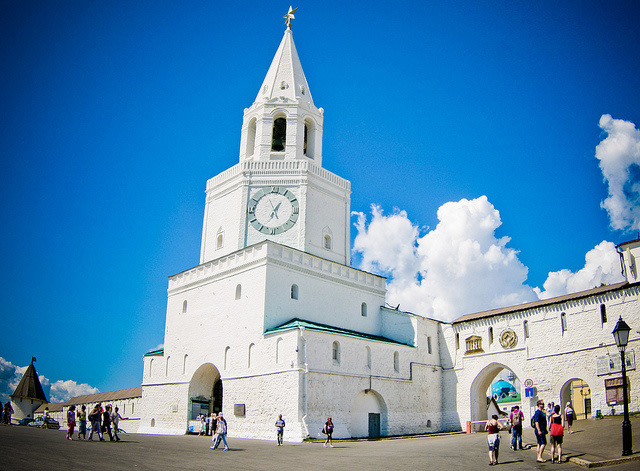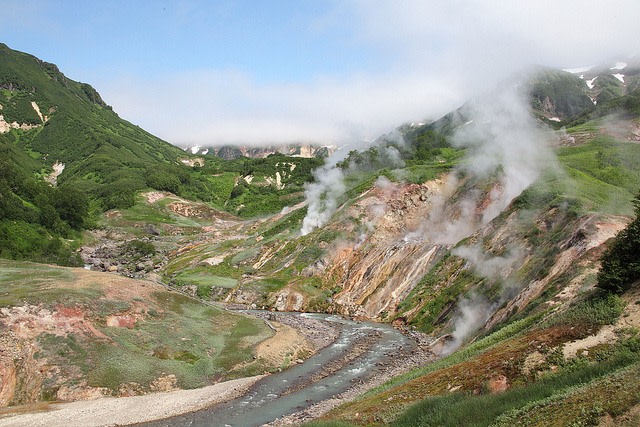| 7 mins read
By Jennifer Mullen
If Russia were a person she would be a grand matriarch, well-educated and slightly solemn, with character lines of history etched deep into her face. Her hair would be regally styled, to symbolise her long centuries of nobility. Her hands, however, would be hardened and gnarled from the sheer burden of working alongside her partisans through the post revolution turmoil of the twentieth century. Her reputation would be forceful amongst her neighbours, who wish to shun her company. Yet despite her grand age, she still would enjoy the very typical Russian pleasures of music, fine art and literature, accompanied by perhaps yet another small glass of vodka.
Russia is a compelling destination for any art lover, history buff or architectural connoisseur. In 2013, Russia was visited by 28.4 million tourists and indeed it was the ninth most visited country in the world and the seventh most visited in Europe. Despite being a country emerging from seventy years of Communist rule, visitors now travel there en masse to experience the romance of Dr Zhivago, to marvel at the museums and to lose themselves in her endless landscapes. Although you could never capture the essence and appreciate the sheer scale of Russia by staying there for a mere week or fortnight, here is a list of five experiences (outside of Moscow, which merits its own exposition!) to get you started:
The Tran Siberian Railway is arguably one of the wonders of the modern world. Stretching over 6000 miles from Moscow to the east coast, this marvellous piece of engineering surely has to be the best way to appreciate the thought that Russia is more like a continent than a single country. The “Trans-Sib” spans seven time zones and passes through 80 cities, with a slow tapestry of landscapes including the agricultural plains of European Russia, the Ural Mountains, the Baraba Steppe, the endless expanses of Siberia and finally Russia’s Far Eastern shores. It does take a week to get from east to west or vice versa, but you will disembark the train, feeling that you have undertaken one of the most epic voyages available to the 21st century tourist.
St Petersburg was founded by Tsar Peter the Great in 1703 and was a city dedicated to showcase Russia’s growing status to the rest of the world. It is considered to be one of the finest and most beautiful cities in the world, with its aesthetic appeal heightened by the fact that it is located over many islands, linked by over 800 bridges, more bridges in fact that any other European city. Most Petersburgers do not consider themselves Russian, but rather as Europeans, given the proximity to Scandinavia. Here is a city where you are never short of something to do; St Petersburg boasts of 200 museums, 100 theatres, 114 concert venues, 70 parks, 1270 libraries as well as countless cultural institutions and landmarks. The highlights include the Hermitage Museum and Winter Palace, St Isaac’s Cathedral, the Church of the Savior of Blood, the Grand Palace, Catherine Palace and Park, Palace Square, the Naval Cathedral of St Nicholas, as well as the Russian State Museum. For literature fans, St Petersburg will conjure up images of Dostoevsky’s famous novel “Crime and Punishment” and one can visit the museum dedicated to the writer.
To navigate this “Venice of the North”, why not jump on a river boat? An important tip a St Petersburg tour guide will give you is to make sure you wrap up warm, as the city is very windy and chilly (but you can always use this as an excuse to tuck yourself away in one of the many restaurants and enjoy a warming bowl of hearty soup). Many Russian restaurants also offer a small glass of chilled vodka, which is considered to be like a “little drop of water”. Vodka was even used as a substitute currency for payment during the darker Soviet days. If you do indulge too much, just watch out for falling icicles, which injured a record number of 150 people in St Petersburg in 2010 after a particularly cold winter!
If St Petersburg does not satisfy the keenest cultural appetite, then your Russian tour guide will certainly point you in the direction of the Golden Ring. This ring of ancient towns (Ivanovo, Kostroma, Pereslavi Zalessky, Rostov Veliky, Sergiev Posad, Suzdal, Vladimir and Yaroslavl) north of Moscow are often called “outdoor museums”, given the fine examples of Russian architecture dating from 12th to 18th centuries to be found there. The Golden Ring has some of the most picturesque onion dome architecture and stunning examples of monasteries, cathedrals, churches and kremlins. Getting around this ring is fairly easy by Russian railways, but many people also choose to travel by car or bicycle around the area to see more of the idyllic landscape.
During the Communist era, being banished to Siberia would have been a punishment which had Russians quaking in their snow covered boots. Nowadays, a trip to Lake Baikal in Siberia rather leaves one feeling peaceful and relaxed, although due to the harsh temperatures is not for the fainthearted in winter. The ice can be so thick that in 1904 the Russians even built a railway across it! Adventurous travellers, who hold a PADI certification, will be delighted to know that this lake is a pristine and practically untouched diving location, where with the help of a good dry suit, you can actually dive under the ice in winter. Sports fans will be enchanted by the great hiking and cycling trails around the Lake Baikal region, which can be combined with lodging in traditional homestays.
Travelling around Russia, one quickly realises that the scale of this enormous country means her regions have completely individual cultural identities and different personalities. Kazan, the capital city of Tatarstan, on the Volga River is sometimes referred to as the “third capital of Russia”. The city has the reputation of being one of the strongholds for higher education, hosting some of Russia’s top universities. With its 1000 year history, Kazan seems to be a blend of East and West, where synagogues, mosques and churches sit comfortably side by side. Tourist highlights include the Kazan Kremlin, the Suyumbike Tower, the Kul-Sharif Mosque, as well as the State Hermitage Museum and State Museum of the Tatar State.
Russia is a magnificent country, which offers such a broad array of travel experiences. A knowledgeable Russian tour guide would also advise you that this list containing five highlights could quite easily be ten or even twenty, as it seems unjust to miss off grand cities such as Yekaterinburg or Kaliningrad. Nature lovers would argue that any trip should include seeing Mount Elbrus in the Caucasus Mountain range in southern Russia, or the Valley of the Geysers on the Kamchatka peninsula in Russia’s far eastern corner. It would therefore be fair to say that having tasted Russia in one trip, you will be left wanting more. Whether you decide to have that little vodka chaser on the side is entirely up to you!
Image Details and Licenses:https://flic.kr/p/8guhST (Katie Brady, CC BY 2.0), https://flic.kr/p/69twUK (Oleg Kovalenko, CC BY-NC-ND 2.0), https://flic.kr/p/abTCZu(Martha de Jong-Lantink,CC BY-NC-ND 2.0),https://flic.kr/p/37BYjK(Rob,CC BY-ND 2.0),https://flic.kr/p/vZbjH(Lyn Gateley,CC BY 2.0),https://flic.kr/p/ggs7G(Sergey,CC BY-SA 2.0),https://flic.kr/p/92raFW(goodmami,CC BY-SA 2.0),https://flic.kr/p/8FZNFy(tak.wing,CC BY-SA 2.0),https://flic.kr/p/8CEJf(Délirante bestiole [la poésie,CC BY 2.0),https://flic.kr/p/cBJuJU(cindy-dam,CC BY-NC-ND 2.0),https://flic.kr/p/8PVVjz(Einar Fredriksen,CC BY-SA 2.0)

